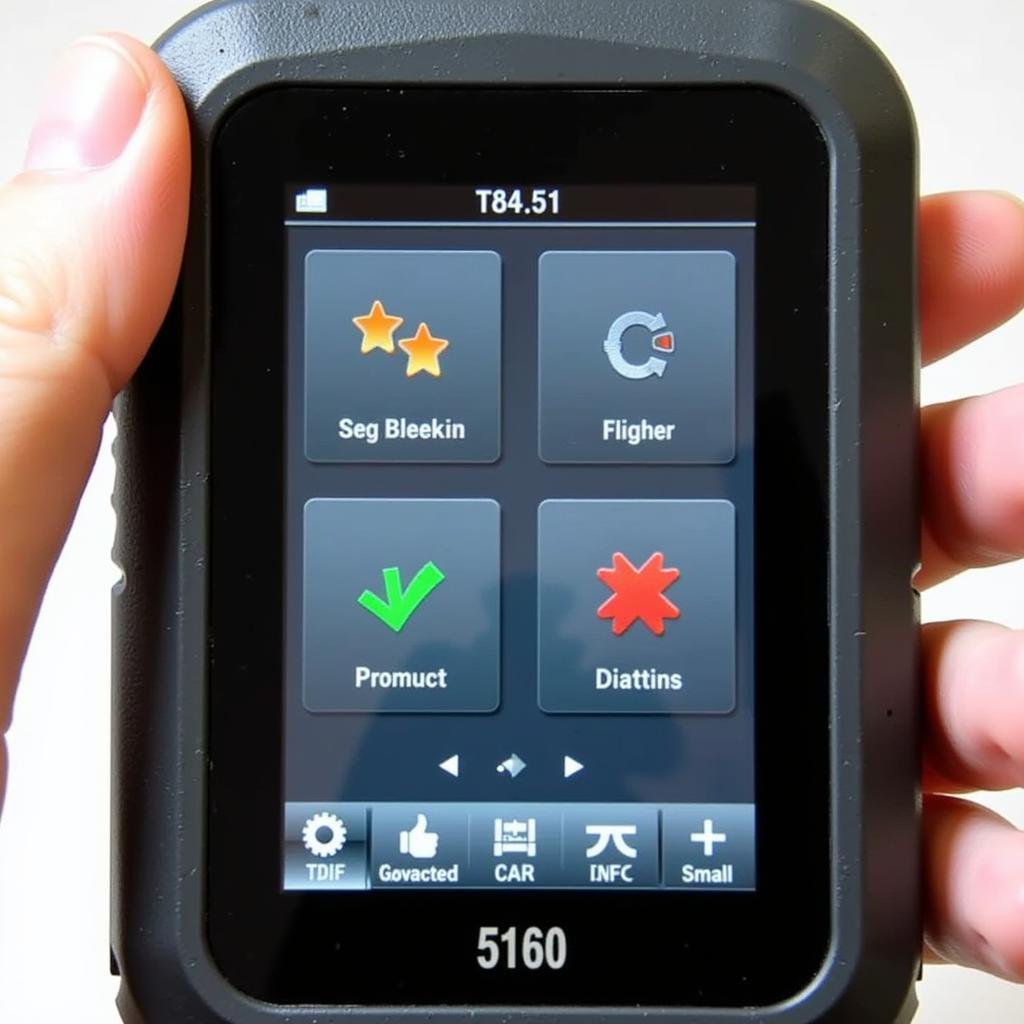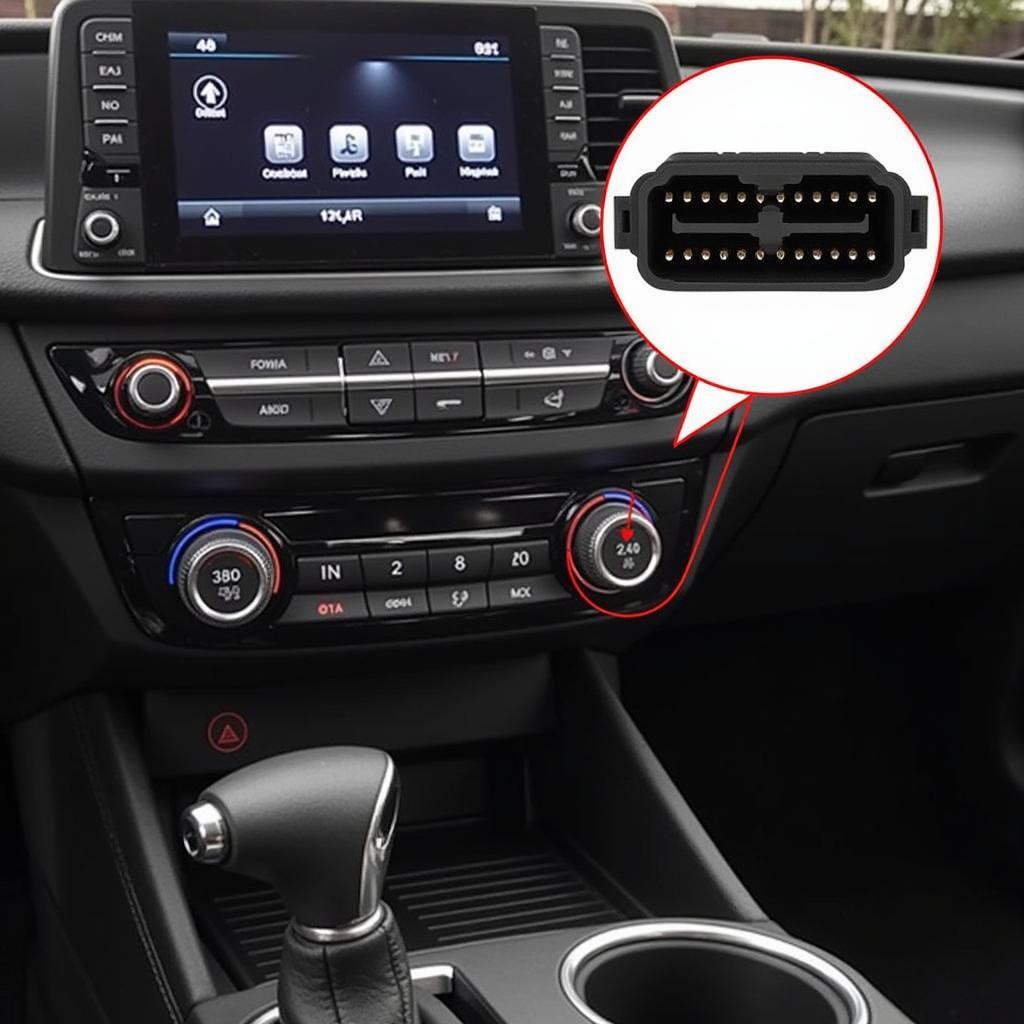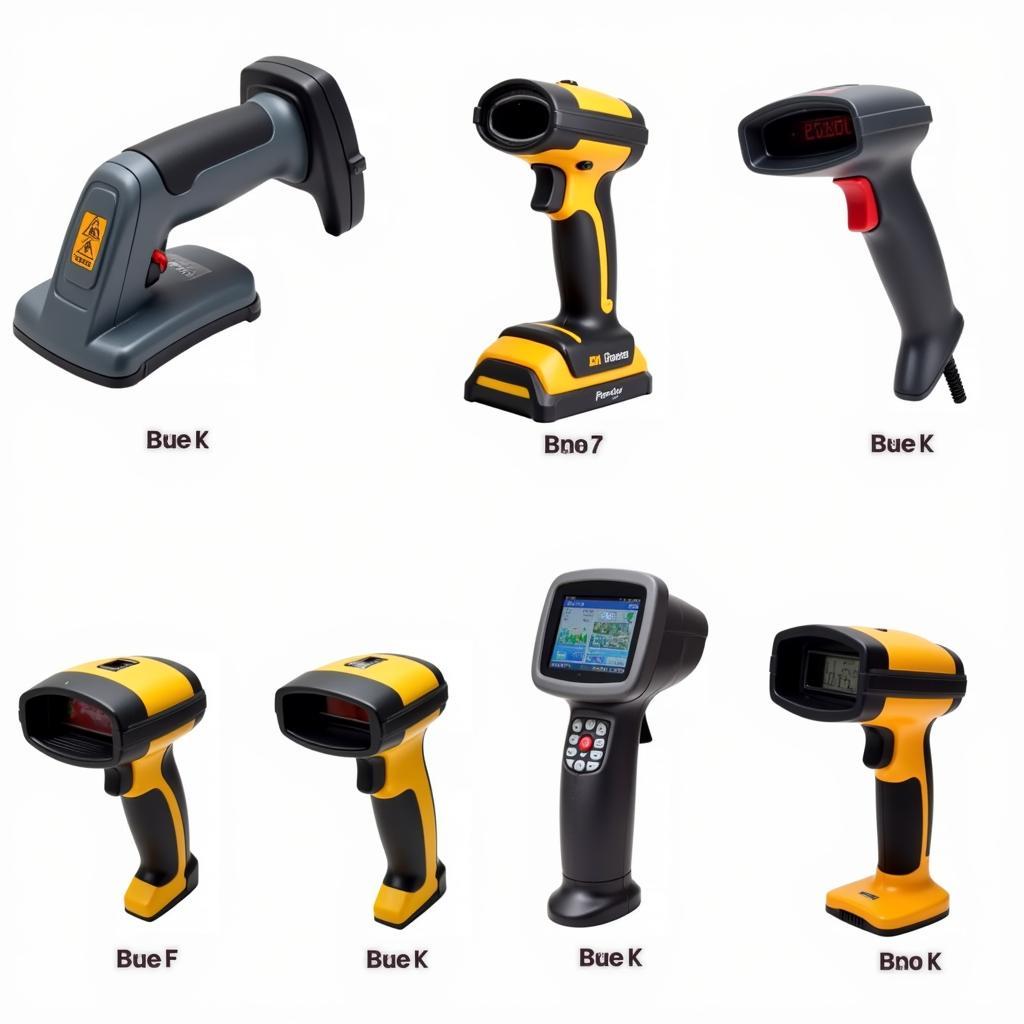You’re driving down the road, enjoying the scenery, when suddenly – bam! Your check engine light pops on. “Great,” you think, “What now?”. The first thing that comes to mind is probably, “Can my car’s computer tell me what’s wrong without needing an expensive scanner?” Well, the answer isn’t as straightforward as a yes or no.
Decoding Your Car’s Language: OBD-II and Diagnostic Trouble Codes
Let’s get technical for a moment. Your car has a built-in computer system called the On-Board Diagnostics (OBD-II) system. Think of it as your car’s own personal mechanic. When something goes wrong, the OBD-II system stores a Diagnostic Trouble Code (DTC) in its memory. These codes are like shorthand for specific problems.
Now, here’s the catch. While the OBD-II system stores these codes, accessing them isn’t always as simple as looking at your dashboard.
Can You Get Codes Without a Scanner? Sometimes…
Older vehicles (pre-1996) often had simple systems where you could retrieve codes by doing things like jumping specific pins on a diagnostic connector under the dash. However, these methods were often cryptic and required referencing complex service manuals.
Some newer vehicles might display a limited number of codes directly on the instrument cluster or infotainment screen, especially for minor issues. You might see messages like “Engine System Service Soon.”
However, most modern vehicles require a scanner, even for basic code retrieval.
Why You Usually Need a Scanner
Here’s the deal:
- Complexity: Modern cars have intricate systems with thousands of potential codes. Displaying all of them on your dashboard would be overwhelming and confusing.
- Standardization: OBD-II scanners provide a standardized way to access codes across different car makes and models.
- Advanced Information: Scanners don’t just read codes; they can show live data streams, sensor readings, and even help you clear codes after a repair.
Types of Scanners: From Basic to Professional
Don’t worry, you don’t need to break the bank for a scanner:
- Basic Code Readers: These are affordable devices that plug into the OBD-II port and can read and clear basic codes.
- Smartphone Apps: There are numerous apps that, combined with a Bluetooth OBD-II adapter, can provide more advanced code reading, live data, and even clear codes.
- Professional-Grade Scanners: These are used by mechanics and offer comprehensive diagnostics, programming capabilities, and access to manufacturer-specific information.
When to See a Professional
While basic code reading can give you a general idea of the problem, sometimes it’s best to leave it to the pros:
- Complex Issues: If the code points to a serious engine, transmission, or safety system problem, further diagnosis is crucial.
- Intermittent Problems: Codes can sometimes be stored for issues that aren’t currently present. A mechanic can help diagnose these.
- Lack of Experience: If you’re uncomfortable working on your own car, it’s always best to seek professional help.
“It’s tempting to try to diagnose car problems yourself,” says Jake Carter, ASE Certified Master Technician, “But remember, codes are just starting points. Accurate diagnosis often involves experience, specialized tools, and knowing the quirks of different car models.”
Conclusion
So, while your car’s onboard computer might give you some hints about what’s wrong, a scanner is almost always necessary to get the full picture. Thankfully, there are affordable options available, and knowing the codes can help you communicate more effectively with a mechanic. Remember, a little knowledge and the right tools can go a long way in keeping your car running smoothly.
Need help diagnosing your car troubles? Contact the experts at ScanToolUS at +1 (641) 206-8880 or visit our office at 1615 S Laramie Ave, Cicero, IL 60804, USA. We’re here to help you get back on the road safely and confidently.



